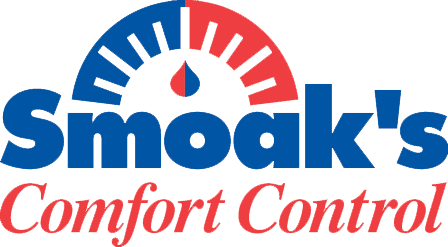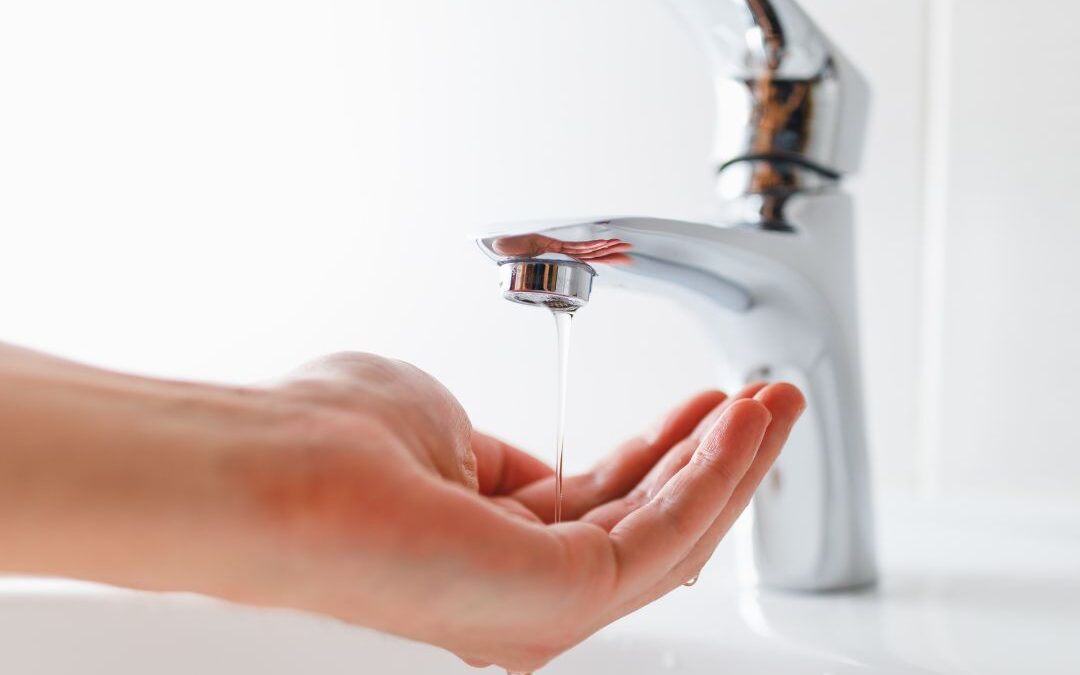Consistent water pressure is crucial for daily household activities, from showers to washing dishes and laundry. Low water pressure can disrupt routines and signal underlying plumbing issues. Identifying the cause of low water pressure ensures your home runs smoothly and helps prevent potential damage. Here’s a guide to help you diagnose and address low water pressure effectively.
1. Common Causes of Low Water Pressure
Several factors can contribute to low water pressure in your home:
- Build-up of Debris or Sediment in Pipes: Over time, mineral deposits can accumulate, restricting water flow and lowering pressure.
- Leaking Pipes or Fixtures: Water leaks reduce the amount of water reaching your faucets and showerheads.
- Municipal Water Supply Issues: Sometimes, the problem originates with your water provider during maintenance or supply disruptions.
Understanding these common causes can help you pinpoint the root of the issue.
2. Inspect Your Faucets and Showerheads
Clogged faucets and showerheads are frequent culprits of low water pressure.
- Check for Clogged Aerators or Mineral Deposits: Mineral deposits, especially in areas with hard water, can clog aerators and restrict water flow.
- How to Clean and Maintain Them: Unscrew the aerator or showerhead, soak it in vinegar overnight, and scrub away debris with a brush. This simple maintenance can restore normal water pressure.
3. Examine Your Water Pressure Regulator
A malfunctioning pressure regulator can cause significant water pressure issues.
- What It Is and How It Works: The pressure regulator is a valve that controls the water pressure entering your home.
- Signs It Might Need Adjustment or Replacement: If you experience a sudden drop in pressure or inconsistent flow, the regulator may need recalibration or replacement by a professional.
4. Investigate Potential Plumbing Leaks
Leaks can silently wreak havoc on your water pressure.
- How to Detect Leaks in Your Home: Check for water stains, damp spots, or unusual increases in your water bill. Listen for dripping sounds on walls or floors.
- Tools and Tips for Quick Fixes: Temporary solutions like pipe clamps can mitigate leaks until professional repairs are made.
5. Assess Your Home’s Main Shut-off Valve
Sometimes, the issue lies in your shut-off valve.
- Importance of a Fully Open Valve: A partially closed valve can significantly reduce water flow throughout your home.
- Steps to Check and Adjust It: Locate the main valve, usually near your water meter, and ensure it’s fully open. If necessary, turn it counterclockwise to increase flow.
6. Look into the Municipal Water Supply
External factors can also cause low water pressure.
- How to Contact Local Water Providers: Contact your municipal water supplier to determine if supply issues or maintenance work affect your area.
- Temporary Fixes While Waiting for Solutions: A pressure-boosting pump can relieve the problem until the municipal supply normalizes.
7. Evaluate Your Home’s Water Heater
Your water heater plays a critical role in maintaining hot water pressure.
- The Impact of Sediment Build-up on Pressure: Sediment can accumulate in the water heater, restricting water flow and lowering hot water pressure.
- Regular Maintenance Tips for Optimal Performance: Flush your water heater annually to remove sediment and maintain efficiency.
8. Consider the Size of Your Plumbing Pipes
The diameter of your plumbing pipes directly affects water flow.
- Relationship Between Pipe Size and Water Flow: Narrow pipes can limit the volume of water, reducing pressure.
- When to Consider a Pipe Upgrade: If your home has old or corroded pipes, consider upgrading to modern materials for better water flow and pressure.
9. The Role of Pressure-Boosting Pumps
Pressure-boosting pumps are an effective solution for chronic low water pressure.
- How They Work and When They’re Necessary: These pumps increase water pressure entering your home, ensuring steady flow.
- Installation Options and Costs: Consult a professional plumber for proper installation. Costs vary based on pump size and home requirements.
10. When to Call a Professional
Some water pressure issues require expert intervention.
- Signs That the Problem Requires Expert Intervention: Persistent low pressure, unexplained leaks, or widespread plumbing issues may indicate complex problems.
- How Smoak’s Comfort Control Can Help: Our plumbers can efficiently diagnose and fix low water pressure issues. From inspecting your plumbing system to replacing faulty components, we ensure optimal home performance.
Low water pressure can disrupt daily life and signal underlying plumbing issues. By systematically checking and addressing potential causes, you can restore your water pressure and avoid future problems.
Contact Smoak’s Comfort Control for expert plumbing solutions if the issue persists. Schedule a consultation today and enjoy consistent water pressure in your home!

